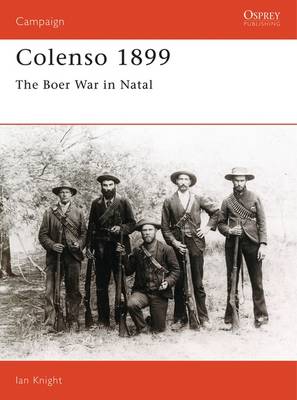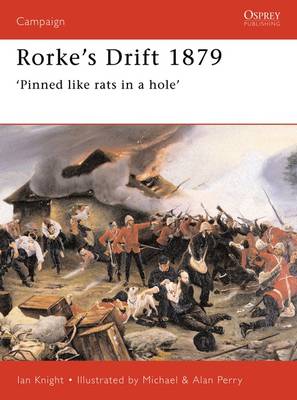Osprey Military Campaign S.
3 primary works
Book 38
In 1899 Great Britain was at the height of its Imperial power. The Queen Empress had been on the throne for more than 50 glittering years, and her domain touched upon every continent. Yet, even at this pinnacle of Imperial pomp and majesty, the British army, guardian of the Empire in countless wars across the globe, was destined to be humiliated by poorly-organised citizen militia consisting of men whom the British professionals despised as back-wood farmers. In one week in December 1899 the farmers of the South African Boer Republics of the Orange Free State and the Transvaal inflicted three serious reverses on British troops.
Book 41
Rorke's Drift sums up some of the best traditions of the British self-image: steadfastness against the odds, victory in adversity and the thin red line. The British stand deserves to go down in history as one of the most heroic actions of all time. The story of a mere 150 British and Imperial soldiers defending an isolated outpost against over 3,000 Zulu warriors summed up the experience of the colonial adventure for the Victorians and remains part of our heritage even today. Ian Knight recounts the course of this famous conflict in which no less than 11 Victoria crosses were won.
Book 111
On 20 January 1879, the Centre Column of the British invasion force under the British Commander in Chief Lord Chelmsford, reached Isandlwana. Chelmsford's spies suggested a Zulu army was on its way to attack, so on 21 January he took a strong force of auxiliaries into the hills to scout them, leaving some 1700 white and native troops at camp. This action was futile as the main Zulu army of 24,000 men had moved across his front and was marching towards Isandlwana. This title employs new research to describe the formidable battle in greater detail, providing a brand new interpretation of the course of the action.


